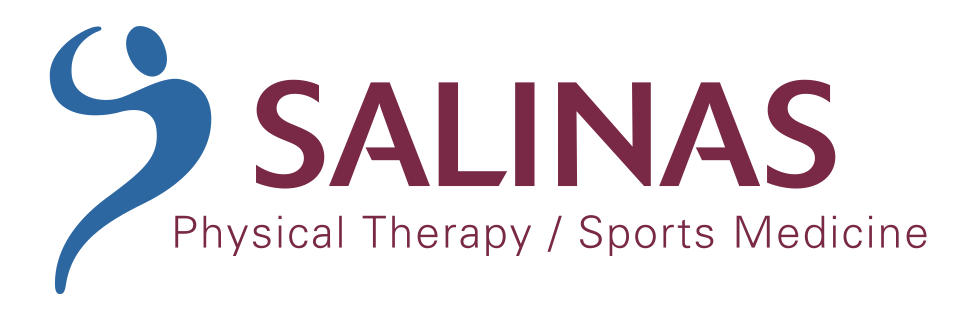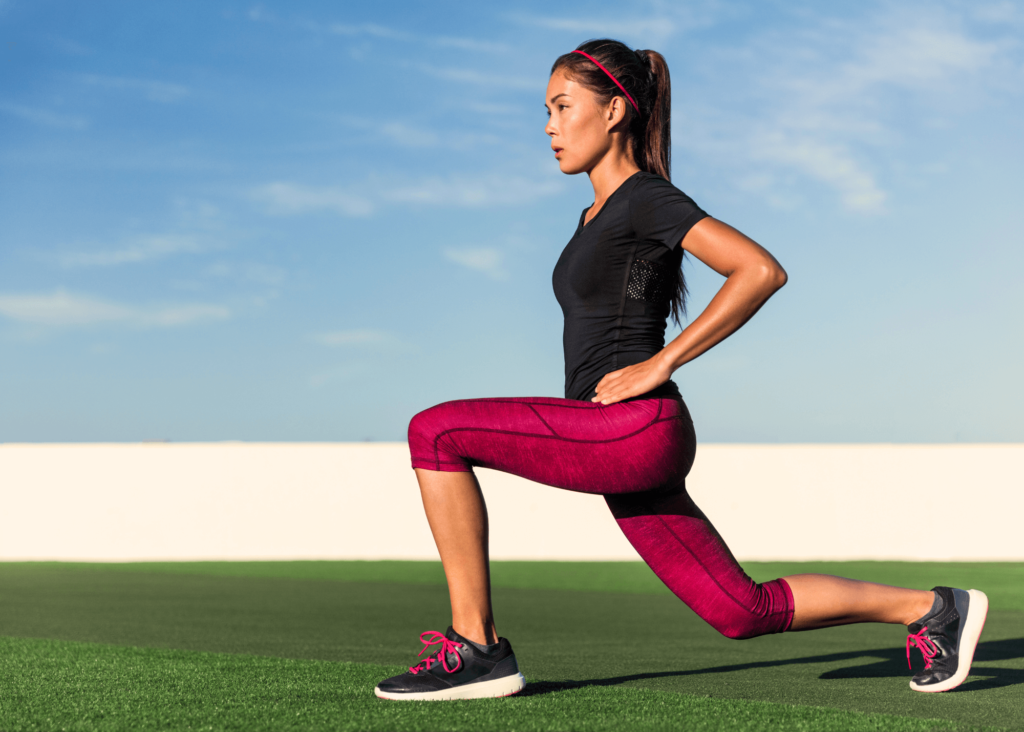Phone: (714) 695-1566
Fax: (714) 695-1553
Email: info@salinaspt.com
23655 Via Del Rio, Suite C
Yorba Linda, CA 92887

Phone: (714) 695-1566
Fax: (714) 695-1553
Email: info@salinaspt.com
23655 Via Del Rio, Suite C
Yorba Linda, CA 92887


Whether you’re a seasoned marathoner or just beginning your journey into the world of running, preparing to run adequately can make all the difference in your success and injury prevention. In this article, we’ll outline steps to help you strengthen your body and reduce the risk of injury throughout your running journey.
Before diving into any new exercise regimen, you must first asses your current fitness level. Consider factors such as your endurance, flexibility, and any existing injuries or weaknesses. Our team of Physical Therapists can help you identify these risk factors through a comprehensive evaluation of your musculoskeletal system. This assessment will help identify risk factors and tailor your exercise and strength training program to address your needs.
Functional strength training involves exercises that mimic the movements you will perform while running. Incorporating exercises that target the major muscle groups used in running, including the quadriceps, hamstrings, calves, glutes, and core. Squats, lunges, deadlifts, and calf raises are excellent examples of functional exercises that can help improve your running mechanics and endurance.
Learn more about Functional Strength in our 7 Primal Movement Patterns article.

When beginning a strength training program for running, start with light weights and low intensity to allow your muscles to adapt and prevent overexertion. As you progress, gradually increase the intensity and volume of your workouts to continue challenging your muscles and promoting growth. Remember to listen to your body and avoid pushing yourself too hard as this can lead to injury
Plyometric exercises, also known as jump training, are high beneficial for improving explosive power and agility, both of which are essential for runners. Include exercises such as jump squats, box jumps, and plyometric lunges to enhance your muscles strength and coordination. However, ensure proper form and start with low-intensity variations before advancing to more challenging exercises.

Stability and balance are key components of a runner’s strength, helping to prevent injuries and improve overall performance. Incorporate exercises that target these areas, such as single-leg squats, stability ball exercises, and balance board drills. By enhancing your stability and balance, you’ll develop greater control over your movements and reduce the risk of falls or twists while running.
While strength training is essential for preparing your muscles for running don’t overlook the importance of cross-training activities! Engaging in activities such as cycling, swimming, or yoga can help improve flexibility, cardiovascular fitness and overall muscle balance, complementing your running routine and reducing the risk of overuse injuries.

Finally, remember that adequate rest and recovery are just as important as your training regimen itself. Allow your muscles time to repair and rebuild by incorporating rest days into your schedule and prioritizing activities that promote recovery, such as foam rolling, stretching, and adequate sleep. Overtraining can lead to fatigue, decreased performance, and increased risk of injury. Listening to your body and give it the rest it needs.
Strengthening your muscles is a crucial aspect of preparing your body for running. By following a guided routine and incorporating a well-rounded strength training program, you can improve your running performance, reduce the risk of injury, and enjoy the many physical and mental benefits that running has to offer. Remember to start slowly, progress gradually, and always prioritize proper form and technique to maximize your results, safely. If you’re looking to get out of pain, and start moving again, we’re here to help!
In Good Health,
– The Salinas Team
References:
[1] OpenAI. (2024). ChatGPT (3.5) [Large language model]. https://chat.openai.com
Disclaimer: The information provided on SalinasPT’s website is for general informational purposes only and should not be considered a substitute for professional medical advice. We strive to ensure the accuracy and timeliness of the information. By using this website, you acknowledge that you assume full responsibility for any actions taken based on the information provided, and we disclaim all liability for any damages or consequences resulting from such actions. Always consult a qualified healthcare professional for personalized medical advice and treatment.